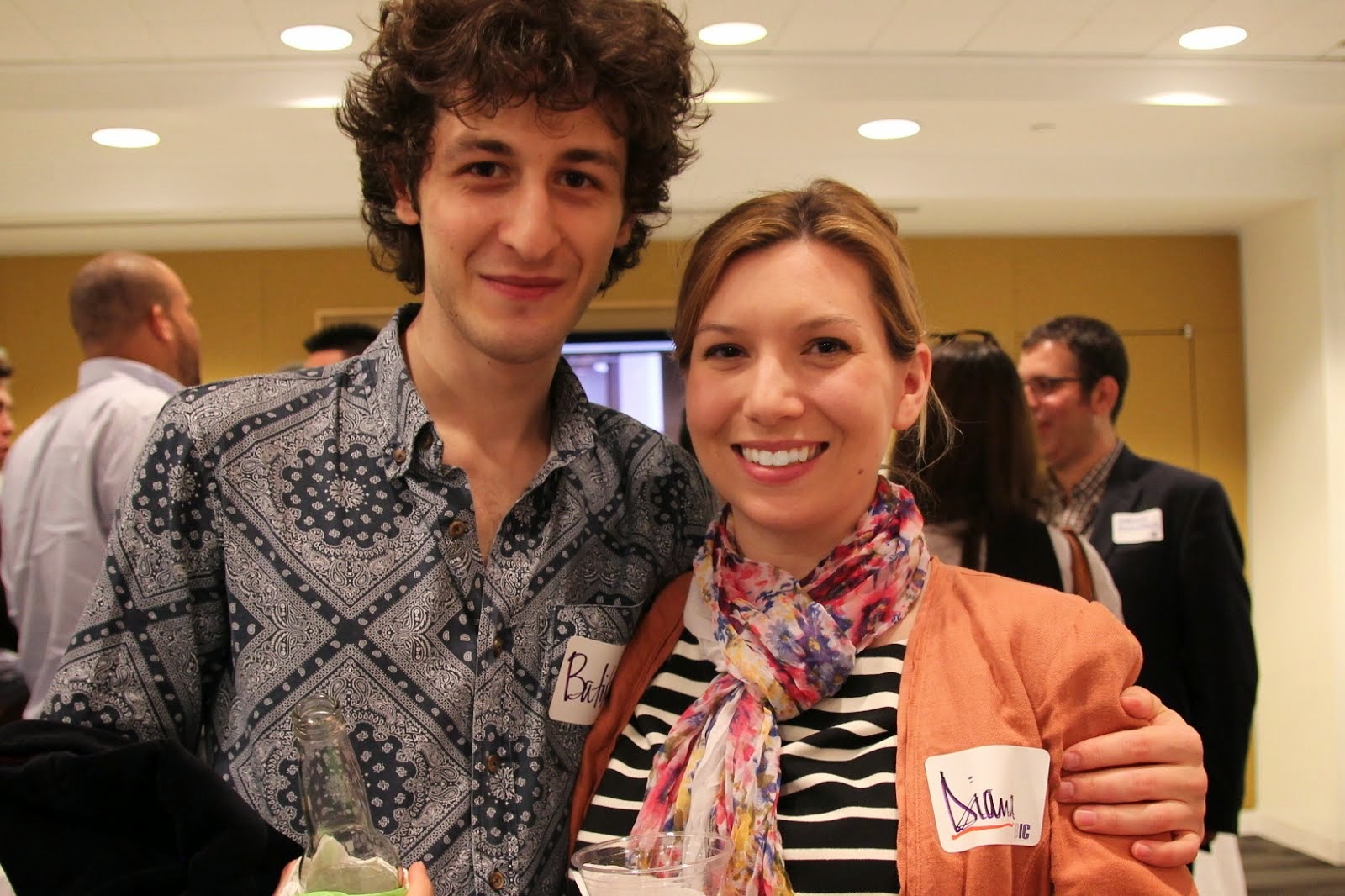Summer 2013 Marcom News: the Data Haves and Have Nots
Following events in the ad / PR world at the end of July 2013 has been exciting and enlightening. And a bit disconcerting for anyone concerned, at least in the short term, about the viability of smaller marcom enterprises, especially including non-profit and advocacy organizations. The emerging marcom digital divide is growing wider than ever. Big data favors big enterprise. And creativity and human insight seem increasingly like a quaint cottage industry.
2013 Summer Story Line Number 1: The Promise of Big Data. From the earliest public reports of the expected combination of Publicis and the Omnicom Group (POG), such as in
The New York Times, July 27th report, there has been the acknowledgement that the creation of POG is not entirely about traditionally understood advertising services. The Times’ Tanzina Vega noted on July 27th, “. . . antitrust concerns could be eased if the new company positions itself less as a conglomerate of ad agencies and more of a data company competing with businesses like I.B.M. and Facebook . . .” That same message is clear in
AdAge’s August 4th post by Abbey Klaasen, in which she writes “Ninety percent of the world’s data have been generated in the past two years . . . And increasingly those data are generated by digital interactions tracked for the primary, if not sole, purpose of selling goods or services. This data-intensive world has ushered in competitors that aren’t ad agencies but giant technology and consulting firms, like IBM, Oracle and Accenture.”
From this perspective, POG isn’t at all about your grandfather’s advertising. It’s about the brave new world of data that monitors and algorithms that reveal patterns – for the organizations big enough, resourced enough to derive benefit. (Of course, all this is being reported against the wider background news about the travails of Edward Snowden and the media-hyped reportage and speculation about what the National Security Agency may know – or not know – about us all.)
2013 Summer Story Line Number 2: Small is Beautiful (and, Hopefully, Still Relevant). One reaction to the POG announcement has come loud-and-clear from the “smaller” ad and PR agencies. On the advertising side we’ve had Dan Wieden, co-founder of Wieden & Kennedy, speaking on at the AdAge 2013 fourth annual Small Agency Conference, saying that
“the ad giants are ‘wobbling like drunkards’ and called for indie shops to sharpen their swords.” Wieden’s speech has been widely discussed and picked up, such as in
Will Burns’ Forbes.com July 30th post.
On the public relations side
, Art Stevens, managing partner at Stevens Gould Pincus, wrote on July 28th at CommPRO.biz about his conviction that the “smaller, more nimble agencies” will be the beneficiary of clients’ distrust of the new marcom “behemoth.” However, the PR, response reveals more than a little consternation.
The Holmes Report’s July 30th post by Aarti Shah raises the question, “Is PR an “Afterthought”? And even Stevens’ optimistic view of the opportunity for non-behemoth PR firms has a telling comment: Stevens asks “. . . will they [clients] be happier with smaller agencies with worldwide capabilities?” And just how many “smaller” PR agencies really have worldwide capabilities?
2013 Summer Story Line Number 3: The End of Measurement; The Emergence of Insight. Simultaneous with the global turmoil (and relish) over POG, Katie Paine made the official announcement that she was leaving News Group International in
a July 26th post of The Measurement Standard. In Paine’s more personal insight provided at her personal blog,
KDPaine’s PR Measurement Blog, on July 29th, she presented a context for her departure from News Group International as an indicator of a broader trend in PR/media research: “When I started in the industry there was me and a couple of other people talking about PR measurement. Now there are some 350 companies providing some form of social or traditional media analysis. We used to think that just having data was enough. Now we have more data any anyone knows what to do with.”
I cannot foresee better than anyone else (and lots of anyones are writing about it) how the POG merger will shake out. But it seems clear to me that the implications – the inevitability – of dealing with data about transactions and communications surrounding transactions is the core challenge for the future of marcom services. Like POG or not. The argument for small agencies is attractive (like the American small family farm?) – but when clients are monitoring response to alternative creative executions, in real time, and changing media buys immediately for maximum return, it suggests different definitions of “nimble.” Katie Paine’s experience is revealing: in many ways, she’s won the battle – her corner of the industry has accepted the premise that she fought for, and the bigger data, technology companies have gobbled up the business.
The emergent digital divide in marcom services is technological and financial and social. Dan Wieden and Katie Paine are still going to do OK; because of their long-established personal credentials, they will still be sought after by deeper-pocketed clients to plan and guide marcom initiatives. But what are the options for small enterprises (clients) and truly small marcom businesses – that don’t today have either the big data clout of POG or IBM or the guru status of Wieden and Paine?
The emerging divide in marcom services has always been implicit in the industry, but it is starker than ever. It is between the would-be-decision-makers who have evidence (methodically sound, according to state-of-the-art capabilities) versus the would-be-decision-makers who are still stuck flying by the seat of their pants. Smaller marcom businesses – and, much more importantly for the economy and the country-- smaller enterprises and non-profit organizations, are a long way from benefiting from the promise of big data.
With so much information that can now be had – the gap between the data Haves and Have Nots may well be the defining factor, and marcom battleground, for the foreseeable future.











